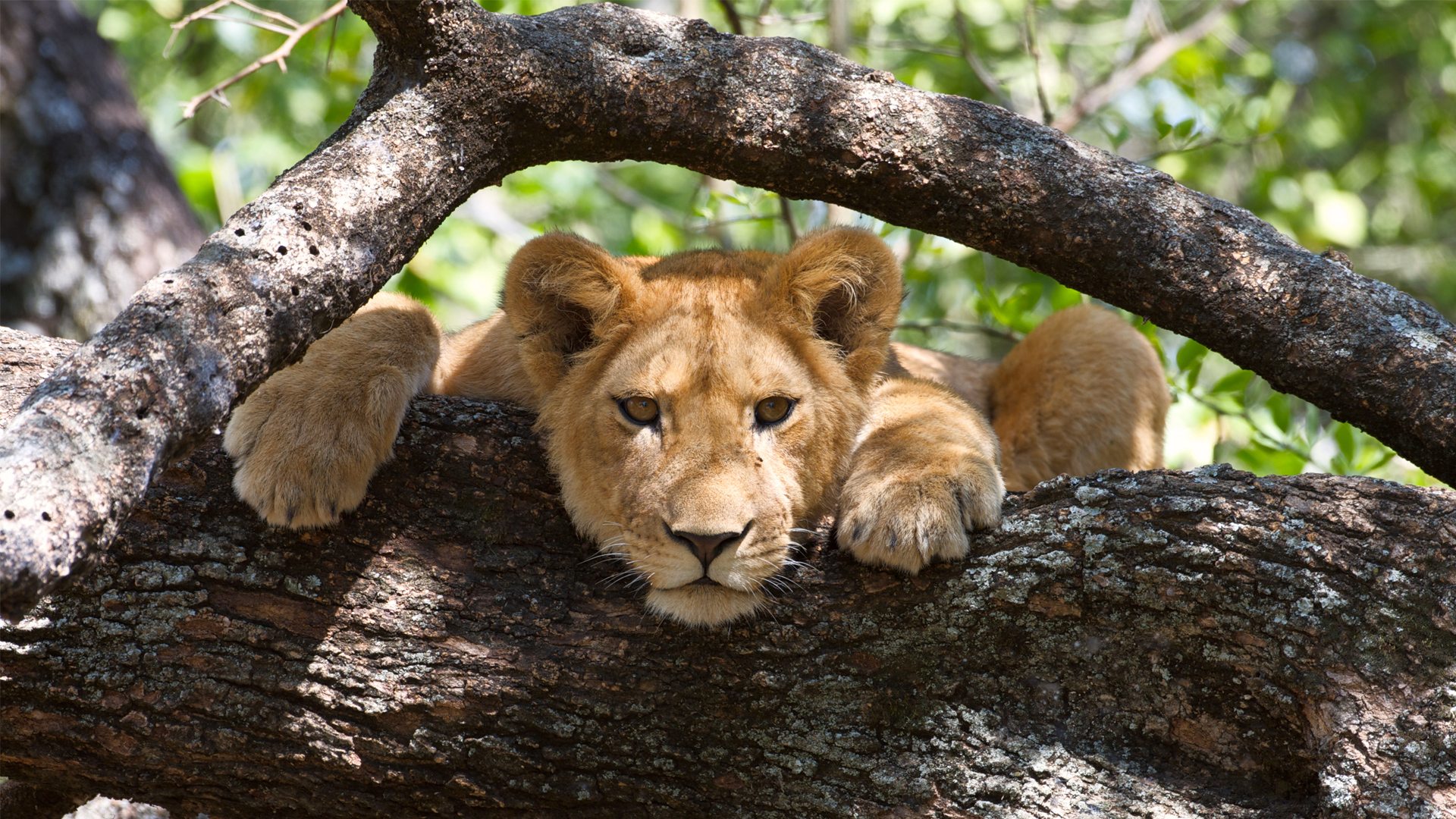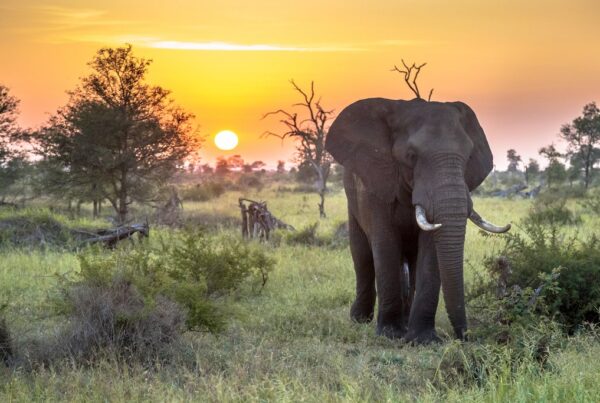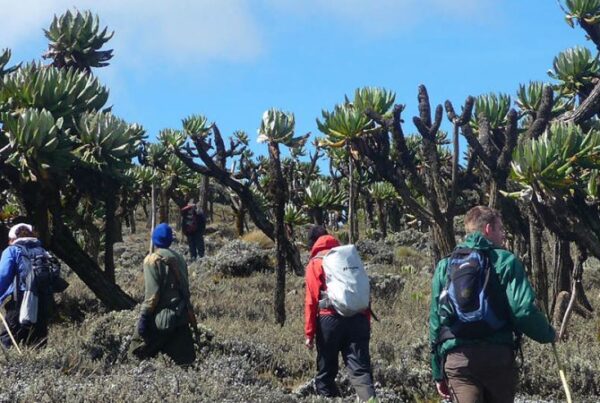Wildlife in Uganda: Where Nature Reigns Supreme
A Tapestry of Untamed Life in the Pearl of Africa
Uganda, often referred to as the “Pearl of Africa,” holds a wildlife heritage that is nothing short of extraordinary. Straddling the equator and nestled between the Congo Basin rainforests and the East African savannahs, the country stands as a beacon of ecological richness and biodiversity. Its landscapes are as varied as its species—lush rainforests, rolling savannahs, crater lakes, papyrus-fringed wetlands, snow-capped mountains, and semi-arid plains all weave together to create one of Africa’s most diverse natural environments. Here, wildlife is not just seen—it is experienced, felt, and remembered.
Uganda’s position at the convergence of multiple ecological zones makes it a wildlife sanctuary unlike any other. It is a land where gorillas beat their chests in misty forests, elephants roam freely across golden plains, and rare birds call from ancient canopies. In every corner of this East African nation, life pulses wildly and profoundly, offering a powerful reminder of the earth’s raw beauty.
A Sanctuary of Mammalian Wonders
The mammalian diversity in Uganda is astounding, with over 340 recorded species ranging from towering giants to elusive primates. The country’s forests and national parks are particularly known for being one of the last safe havens for the critically endangered mountain gorilla, a majestic and intelligent species whose populations survive only in a few locations globally.
In the depths of Bwindi Impenetrable Forest and the slopes of Mgahinga Gorilla National Park, these gorillas are observed in their natural habitats during regulated treks that allow only brief, but deeply moving encounters. Visitors stand just meters away from a silverback and his family, watching as they groom, forage, and move through the undergrowth with quiet power. This connection—raw and real—leaves an imprint that lasts a lifetime.
Beyond the gorillas, chimpanzees roam the forests of Kibale, Budongo, and Kyambura, where their complex social lives are studied and admired. These primates, sharing over 98% of human DNA, live in dynamic communities and display behaviors that highlight the intricacies of animal intelligence and culture. Tracking them through the underbrush, hearing their hoots echo through the forest, one steps momentarily into a world both ancient and eerily familiar.
Uganda’s savannah parks add yet another layer to this mammalian richness. Lions, some of which exhibit the unique behavior of climbing trees, prowl the grasslands of Queen Elizabeth National Park. Leopards, more elusive but equally captivating, find refuge in forested zones and thickets. The country’s largest park, Murchison Falls, is a stronghold for elephants, buffaloes, giraffes, and a host of antelope species, while the far-flung Kidepo Valley National Park reveals a drier, rugged ecosystem that supports cheetahs, striped hyenas, and massive herds of game in a setting untouched by time.
The Avian Capital of Africa
If mammals dominate the land, then birds rule the skies—and swamps, forests, and riverbanks of Uganda. With over 1,060 bird species recorded, Uganda boasts the highest bird density per square kilometer in Africa, earning its title as the birding capital of the continent. From forest dwellers to water birds, migrants to endemics, the country is a paradise for ornithologists and amateur birders alike.
Among the most iconic of these is the shoebill stork, a prehistorically strange yet magnificent bird that inhabits the papyrus swamps of Mabamba Bay and Semuliki. Other remarkable sightings include the green-breasted pitta, African green broadbill, great blue turaco, and the African fish eagle, whose haunting cry is often described as the soundtrack of the African wilderness. The diversity of habitats ensures that birds can be found in nearly every part of Uganda, from alpine zones to lowland wetlands.
Reptiles, Amphibians, and the Lesser-Known Life
While the charismatic megafauna and vibrant birdlife steal the spotlight, Uganda’s reptilian and amphibian diversity adds depth to its ecological character. Nile crocodiles bask along riverbanks, especially in the Nile basin, while monitor lizards and various snake species occupy forests and grasslands. The country’s wetlands support a variety of frog species, some of which are found nowhere else on Earth.
Insects and other invertebrates form a hidden but essential part of the ecosystem. Uganda’s forests are alive with butterflies, beetles, and dragonflies, whose presence signifies the health of the environment. These small creatures form the base of the food chain, supporting larger predators and maintaining the balance that keeps Uganda’s ecosystems thriving.
Wetlands and Waterways: The Liquid Heart of Biodiversity
Uganda’s rivers, lakes, and swamps are lifelines for wildlife. The River Nile, which originates at Jinja, carves its way northward, bringing life to the landscapes of Murchison Falls National Park. At the falls themselves, the river crashes through a narrow gorge with thunderous power, creating both a spectacle of nature and a rich feeding ground for aquatic species.
Lake Victoria, Africa’s largest lake, teems with fish, supports birdlife, and sustains communities. Kazinga Channel, which connects Lake George and Lake Edward, attracts one of the highest concentrations of hippos in the world, along with crocodiles and hundreds of water birds. It is on these waterways that boat safaris offer an intimate glimpse into aquatic life, revealing another dimension of Uganda’s wildlife richness.
The wetlands scattered across the country are not only biodiversity hotspots but also serve critical roles in water filtration, flood control, and carbon storage. These ecosystems are fragile yet vital, supporting species found nowhere else and maintaining the balance of surrounding landscapes.
Conservation Challenges and Ongoing Efforts
While Uganda’s wildlife is vast and awe-inspiring, it is not without its challenges. Poaching, habitat loss, climate change, and human-wildlife conflict pose persistent threats to species survival and ecosystem stability. However, extensive efforts have been made to counter these threats through national policy, community involvement, and international partnerships.
Protected areas are now co-managed with local communities, whose role in conservation and eco-tourism has been transformative. Revenue-sharing models, conservation education, and employment through tourism have made wildlife an asset rather than an adversary to the people who live alongside it. Organizations across Uganda, both governmental and non-governmental, continue to invest in anti-poaching patrols, research, and habitat restoration.
The recovery of species such as the white rhino, which is being reintroduced at Ziwa Rhino Sanctuary, is a testament to Uganda’s commitment to conservation. Protected areas are expanding, and awareness is growing, giving hope that Uganda’s wildlife will not just survive but flourish.
Uganda’s Wild Soul: A Living Legacy
To speak of wildlife in Uganda is to speak of life in its most vibrant, visceral form. Every trail in the forest, every ripple on a lake, and every call echoing through the savannah tells a story millions of years in the making. It is a country where the ancient rhythms of nature still dominate, where the wild is not just preserved—but celebrated.
Here, visitors do not merely observe animals from a distance—they become part of a landscape that breathes, hunts, hides, and thrives. Uganda is not a zoo. It is not a curated collection of animals behind fences. It is a living, breathing wild domain, where nature commands respect, demands patience, and offers moments of pure, unfiltered awe.
Experience Uganda with WildHorn Africa
For those ready to embark on a safari adventure beyond the ordinary, WildHorn Africa offers unmatched expertise and immersive journeys into Uganda’s wild heart. Whether it is gorilla tracking, chimpanzee trekking, game drives, birding safaris, or simply soaking in the serenity of a sunrise over the savannah, WildHorn Africa curates experiences that honor both nature and culture.
With a commitment to sustainable travel, deep local knowledge, and a passion for wildlife, WildHorn Africa ensures that every journey is more than a trip—it is a life-changing exploration. Step into Uganda’s wilderness with confidence, respect, and wonder.
Book your African safari through WildHorn Africa and allow the wild to change you, just as it has shaped the soul of this remarkable land.
The list of wildlife in Uganda
1. Mammals
Primates
-
Mountain Gorilla (Gorilla beringei beringei)
-
Chimpanzee (Pan troglodytes)
-
Olive Baboon (Papio anubis)
-
Black-and-white Colobus Monkey (Colobus guereza)
-
Red-tailed Monkey (Cercopithecus ascanius)
-
Blue Monkey (Cercopithecus mitis)
-
L’Hoest’s Monkey (Cercopithecus lhoesti)
-
Patas Monkey (Erythrocebus patas)
-
Golden Monkey (Cercopithecus kandti)
-
Vervet Monkey (Chlorocebus pygerythrus)
-
Bush Baby (Galago spp.)
Carnivores
-
African Lion (Panthera leo)
-
Leopard (Panthera pardus)
-
Cheetah (Acinonyx jubatus) – rare, mainly in Kidepo
-
Spotted Hyena (Crocuta crocuta)
-
Side-striped Jackal (Canis adustus)
-
Serval Cat (Leptailurus serval)
-
African Civet (Civettictis civetta)
-
Genet (Genetta spp.)
Herbivores
-
African Elephant (Loxodonta africana)
-
Cape Buffalo (Syncerus caffer)
-
Giraffe (Rothschild’s) (Giraffa camelopardalis rothschildi)
-
Hippopotamus (Hippopotamus amphibius)
-
Warthog (Phacochoerus africanus)
-
Bushbuck (Tragelaphus scriptus)
-
Waterbuck (Kobus ellipsiprymnus)
-
Uganda Kob (Kobus kob thomasi)
-
Jackson’s Hartebeest (Alcelaphus buselaphus jacksoni)
-
Oribi (Ourebia ourebi)
-
Topi (Damaliscus lunatus jimela)
-
Duiker species – various forest types
-
Common Eland (Taurotragus oryx) – rare, mostly in Pian Upe
Other Notable Mammals
-
White Rhinoceros (Ceratotherium simum) – reintroduced in Ziwa Rhino Sanctuary
-
African Pangolin (Manis spp.)
-
Aardvark (Orycteropus afer)
-
Porcupine (Hystrix spp.)
-
Bushpig (Potamochoerus larvatus)
2. Birds (Avifauna)
(Over 1,060 species — Uganda is a top birding destination)
Notable and Iconic Birds
-
Shoebill Stork (Balaeniceps rex)
-
African Fish Eagle (Haliaeetus vocifer)
-
Great Blue Turaco (Corythaeola cristata)
-
Green-breasted Pitta (Pitta reichenowi)
-
African Grey Parrot (Psittacus erithacus)
-
Marabou Stork (Leptoptilos crumenifer)
-
Secretary Bird (Sagittarius serpentarius)
-
Yellow-billed Stork (Mycteria ibis)
-
Hammerkop (Scopus umbretta)
-
Ross’s Turaco (Musophaga rossae)
Endemics and Albertine Rift Specials
-
Rwenzori Turaco (Ruwenzorornis johnstoni)
-
Handsome Francolin (Pternistis nobilis)
-
Doherty’s Bushshrike (Telophorus dohertyi)
-
Stripe-breasted Tit (Melaniparus fasciiventer)
3. Reptiles
-
Nile Crocodile (Crocodylus niloticus)
-
African Rock Python (Python sebae)
-
Black Mamba (Dendroaspis polylepis)
-
Boomslang (Dispholidus typus)
-
Monitor Lizards (Varanus spp.)
-
Chameleons – including the Jackson’s Chameleon (Trioceros jacksonii)
4. Amphibians
-
African Bullfrog (Pyxicephalus adspersus)
-
Banded Rubber Frog (Phrynomantis bifasciatus)
-
Western Clawed Frog (Xenopus tropicalis)
-
Uganda Reed Frog (Hyperolius spp.)
5. Fish
-
Nile Perch (Lates niloticus) – Lake Victoria and Nile River
-
Tilapia (Oreochromis spp.)
-
Catfish (Clarias spp.)
-
Lungfish (Protopterus aethiopicus)
-
Electric Catfish (Malapterurus electricus)
6. Insects and Other Invertebrates
Butterflies
-
Over 1,200 species including African Monarch, Forest Mother-of-Pearl, and Green-banded Swallowtail
Beetles and Dragonflies
-
Diverse species including the Goliath Beetle and Emperor Dragonfly
Spiders and Scorpions
-
Forest and savannah-dwelling species, including orb-weavers and bark scorpions





 WildHorn Africa – Authentic and unforgettable tours across Africa, guided by local experts who know the land, wildlife, and culture best.
WildHorn Africa – Authentic and unforgettable tours across Africa, guided by local experts who know the land, wildlife, and culture best.


